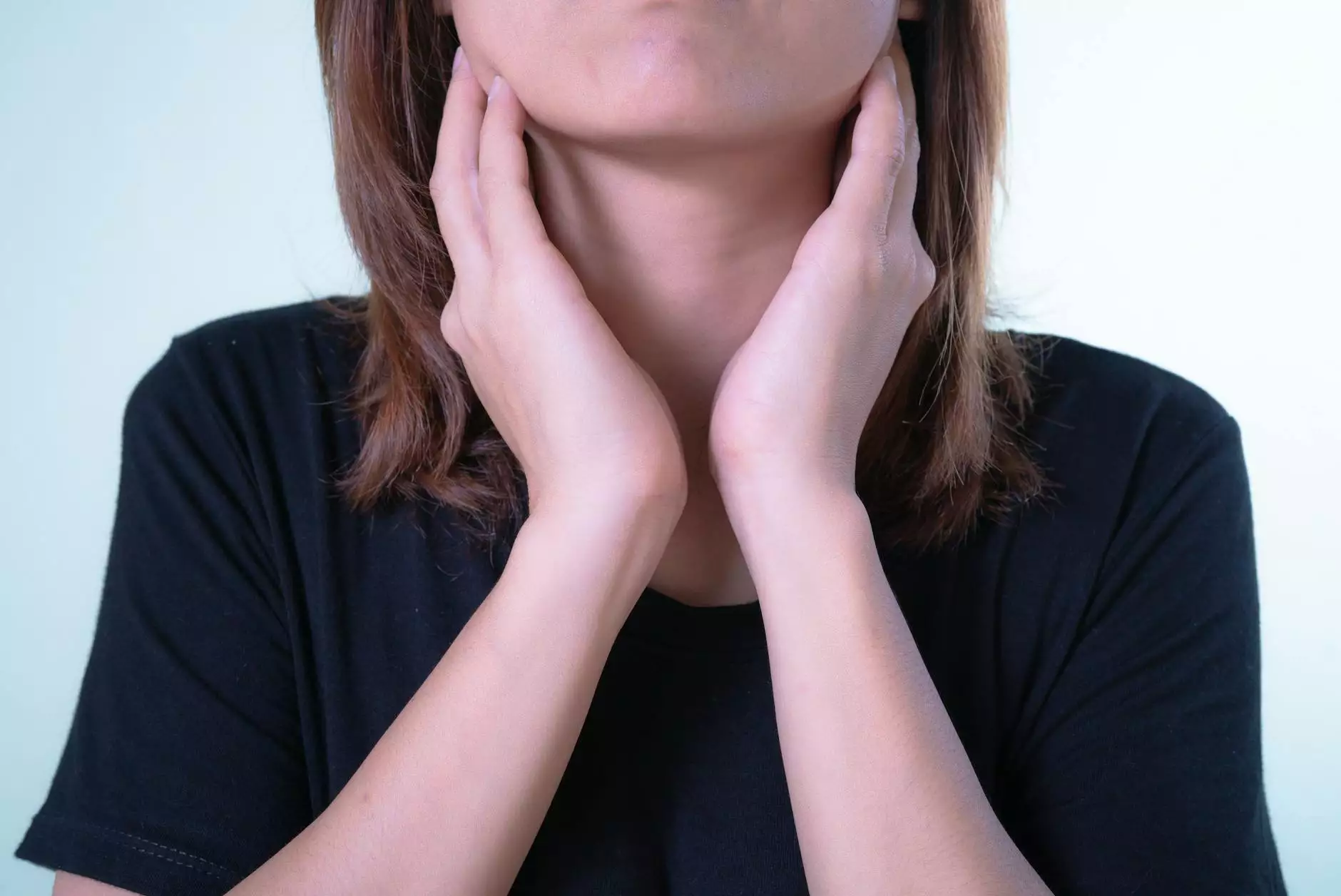Understanding Baker's Cyst - Causes, Symptoms, and Treatment
Medical Practices
Introduction
Welcome to Butterfield Oxygen & Medical Equipment, your trusted source for medical information and supplies. In this article, we will provide you with comprehensive insights into Baker's Cyst, its causes, symptoms, treatment options, and prevention techniques to help you better manage this condition.
What is Baker's Cyst?
Baker's Cyst, also known as popliteal cyst, refers to the accumulation of synovial fluid, a lubricating fluid that surrounds the knee joint, at the back of the knee. It often forms a visible or palpable bump.
Causes of Baker's Cyst
Baker's Cysts are commonly associated with underlying knee conditions such as osteoarthritis, rheumatoid arthritis, knee injury, or meniscal tears. When these conditions lead to increased fluid production or inflammation within the knee, the synovial fluid can build up and form a cyst.
Signs and Symptoms
Baker's Cysts often manifest as a swollen, soft, and non-tender lump behind the knee. Individuals with this condition may also experience:
- Pain or discomfort: The cyst may cause mild to moderate pain, especially when bending or extending the knee.
- Tightness or stiffness: The affected knee may feel tight, making it difficult to fully flex or straighten the leg.
- Reduced range of motion: In some cases, the cyst's presence can limit the knee's range of motion.
- Localized swelling and warmth: The area around the cyst may appear visibly swollen and feel warm to the touch.
Diagnosis and Treatment
To diagnose Baker's Cyst, a thorough physical examination and review of medical history are essential. Imaging tests such as ultrasound or MRI may be recommended to assess the extent of the cyst and rule out other potential conditions.
While many Baker's Cysts resolve without treatment, severe pain or functional limitations may require intervention. Treatment options include:
- Self-care measures: Applying ice packs, limiting physical activities, and keeping the affected leg elevated can help reduce pain and swelling.
- Physical therapy: Specific exercises and stretches can improve knee flexibility and strength, potentially reducing the cyst's size.
- Medications: Over-the-counter pain relievers or prescribed anti-inflammatory drugs may be recommended to manage discomfort and reduce inflammation.
- Drainage or aspiration: In some cases, a doctor may use an ultrasound-guided needle to drain excess fluid from the cyst.
- Surgical removal: If conservative treatments fail or the cyst becomes large and painful, surgical excision may be necessary to remove the cyst.
Preventing Baker's Cyst
While Baker's Cysts cannot always be prevented, certain measures may reduce the risk or recurrence:
- Manage underlying knee conditions: Proper management of osteoarthritis, rheumatoid arthritis, and other conditions can minimize the risk of fluid buildup.
- Regular exercise: Engaging in low-impact exercises, such as swimming or cycling, helps maintain knee flexibility and strengthen the surrounding muscles.
- Weight management: Maintaining a healthy weight reduces stress on the knees, decreasing the likelihood of fluid accumulation.
- Proper posture and biomechanics: Maintaining good posture and using proper techniques during daily activities and exercise can mitigate the risk of knee injuries.
Contact Butterfield Oxygen & Medical Equipment
At Butterfield Oxygen & Medical Equipment, we understand the challenges associated with managing Baker's Cyst. Our team of experienced professionals is committed to providing personalized solutions to meet your specific needs.
Whether you require assistive devices, such as knee braces or crutches, or need further guidance on managing your condition, our knowledgeable staff is here to assist you. Contact us today to discover the range of products and services we offer.
Please note that the information provided in this article is for educational purposes only and should not replace medical advice. If you suspect you have Baker's Cyst or require medical assistance, consult a healthcare professional.




